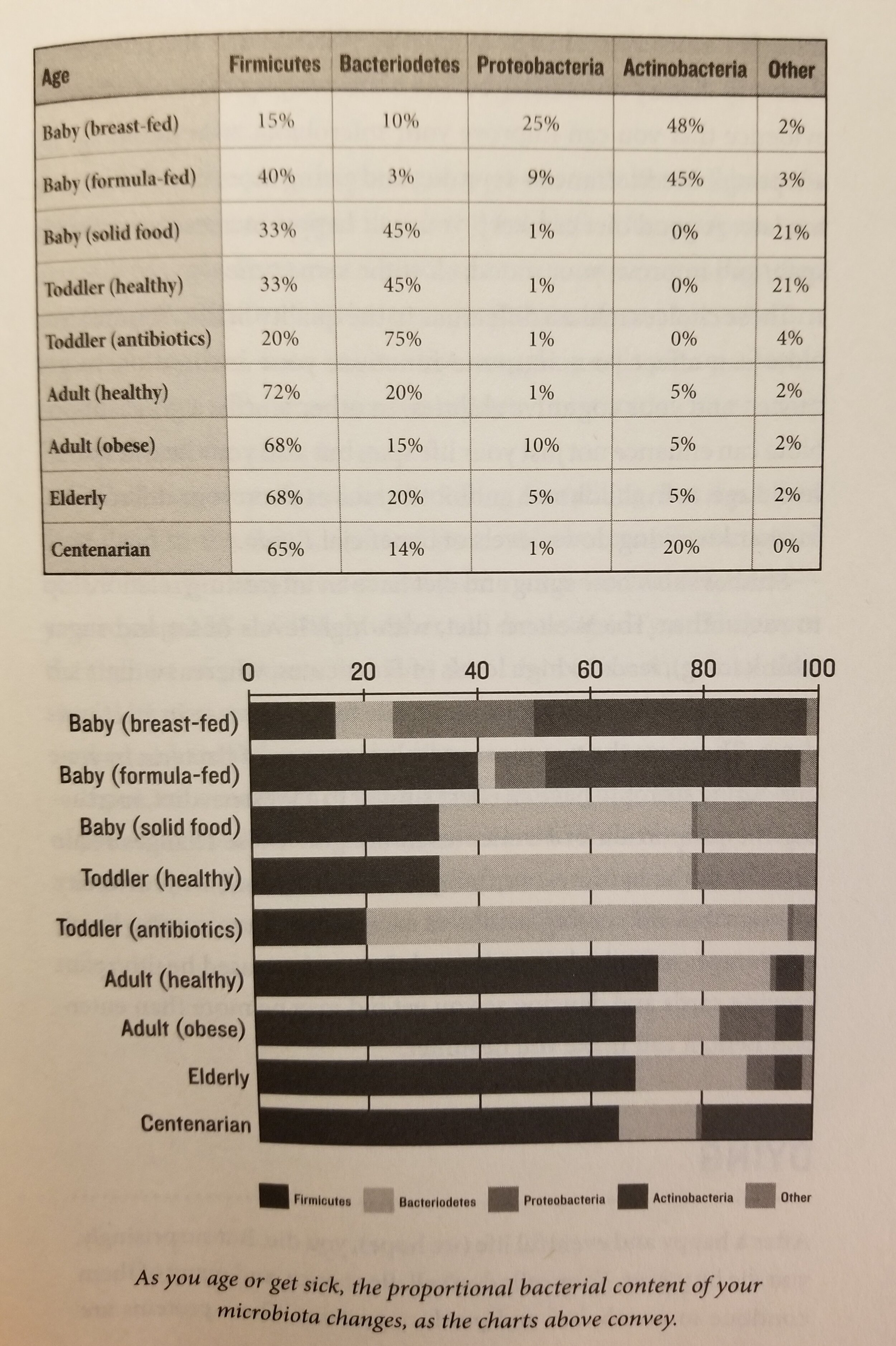1. Turmeric.
In a groundbreaking study published in the American Diabetes Association’s journal, Diabetes Care,*= 240 prediabetic adult patients were given either 250 milligrams of curcumin or a placebo every day. After nine months, none of the participants taking curcumin had developed diabetes, but 16.4 percent of the placebo group had, suggesting that curcumin was 100 percent effective at preventing Type 2 diabetes.
* Somlak Chuengsamarn et al., “Curcumin Extract for Prevention of Type 2 Diabetes,” Diabetes Care 35, no. 11 (November 2012): 2121–27, https://doi.org/10.2337/dc12-0116.
2. Ginger.
In a 2014 randomized, double-blind, placebo-controlled trial, 88 volunteers with diabetes were divided into two groups. Every day one group received a placebo while the other received three one-gram capsules of ginger powder. After eight weeks, the ginger group reduced their fasting blood sugar by 10.5 percent, but the placebo group increased their fasting blood sugar by 21 percent. In addition, insulin sensitivity increased significantly more in the ginger group.* In another study, researchers demonstrated that 1,600 milligrams per day of ginger improves eight markers of diabetes, including insulin sensitivity.** Since 1,600 milligrams amounts to about a quarter teaspoon, the results show you don’t necessarily need a high dose to get impressive results.
* Hassan Mozaffari-Khosravi et al., “The Effect of Ginger Powder Supplementation on Insulin Resistance and Glycemic Indices in Patients with Type 2 Diabetes: A Randomized, Double-Blind, Placebo-Controlled Trial,” Complementary Therapies in Medicine 22, no. 1 (February 2014): 9–16, https://doi.org/10.1016/j.ctim.2013.12.017.
** Tahereh Arablou et al., “The Effect of Ginger Consumption on Glycemic Status, Lipid Profile and Some Inflammatory Markers in Patients with Type 2 Diabetes Mellitus,” International Journal of Food Sciences and Nutrition 65, no. 4 (June 2014): 515–20, https://doi.org/10.3109/09637486.2014.880671.)
3. Cinnamon.
Cinnamon has been used for millennia as both a spice and a “warming” medicine to improve the blood. The Journal of Medicinal Food published a meta-analysis of eight studies that concluded that cinnamon (or cinnamon extract) lowers fasting blood sugar levels.* One way it works is by keeping your stomach from emptying too quickly after eating. Sprinkling just a half-teaspoon a day onto your meals or into your smoothies can reduce blood sugar levels, even if you have Type 2 diabetes.** Look for cinnamon labeled as Ceylon cinnamon, from the ancient name for Sri Lanka (Ceylon), where it was originally harvested. Anything else is likely not cinnamon at all but cassia, a mere cousin to real cinnamon.
* Paul A. Davis and Wallace Yokoyama, “Cinnamon Intake Lowers Fasting Blood Glucose: Meta-Analysis,” Journal of Medicinal Food 14, no. 9 (April 11, 2011): 884–89, https://doi.org/10.1089/jmf.2010.0180.
** Joanna Hlebowicz et al., “Effect of Cinnamon on Postprandial Blood Glucose, Gastric Emptying, and Satiety in Healthy Subjects,” The American Journal of Clinical Nutrition 85, no. 6 (June 2007): 1552–56, https://doi.org/10.1093/ajcn/85.6.1552.)
4. Olive leaf extract.
University of Auckland researchers proved that olive leaf extract increases insulin sensitivity. In a randomized, double-blind, placebo-controlled study, 46 overweight men were divided into two groups. One group received capsules containing olive leaf extract, and the other group received a placebo. After 12 weeks, olive leaf extract lowered insulin resistance by an average of 15 percent. It also increased the productivity of the insulin-generating cells in the pancreas by 28 percent. Supplementing with olive leaf extract yielded results “comparable to common diabetic therapeutics (particularly metformin).” *
* Martin de Bock et al., “Olive (Olea europaea L.) Leaf Polyphenols Improve Insulin Sensitivity in Middle-Aged Overweight Men: A Randomized, Placebo-Controlled, Crossover Trial,” PLOS ONE 8, no. 3 (2013): e57622, https://doi.org/10.1371/journal.pone.0057622.)
5. Berries.
If your meal includes berries, your body will need less insulin after eating. In a study of healthy women in Finland, volunteers were given white and rye bread to eat, either with or without a selection of pureed berries. The glucose level of the women who ate the plain bread spiked quickly after eating, but the women who ate the bread with berries had a much lower spike in their after-meal blood sugar. *
* Riitta Törrönen et al., “Berries Reduce Postprandial Insulin Responses to Wheat and Rye Breads in Healthy Women,” The Journal of Nutrition 143, no. 4 (January 30, 2013): 430–36, https://doi.org/10.3945/jn.112.169771.)
6. Black seed (Nigella sativa).
Black seed is also known as Roman coriander, black sesame, black cumin, and black caraway. Just two grams of black seed each day can significantly reduce blood sugar and glycation end-product formation. The same dose can also improve insulin resistance. *
* Abdullah Bamosa et al., “Effect of Nigella sativa Seeds on the Glycemic Control of Patients with Type 2 Diabetes Mellitus,” Indian Journal of Physiology and Pharmacology 54 (October 2010): 344–54; and Reza Daryabeygi-Khotbehsara et al., “Nigella sativa Improves Glucose Homeostasis and Serum Lipids in Type 2 Diabetes: A Systematic Review and Meta-Analysis,” Complementary Therapies in Medicine 35 (December 2017): 6–13, https://doi.org/10.1016/j.ctim.2017.08.016.)
7. Spirulina and soy.
Spirulina is a type of blue-green algae that’s an excellent source of protein, calcium, iron, and magnesium. It can be eaten as a food, though in the United States, it’s most often consumed in powder form and added to smoothies or shakes. In a study in Cameroon, spirulina and soy powder went head-to-head, as researchers tested which is better at controlling insulin sensitivity. In this randomized study consisting of volunteers suffering from insulin resistance related to treatment with antiretroviral drugs they were taking, one group received 19 grams of spirulina a day for eight weeks, while the other received 19 grams of soy. At the end of the trial, the soy group increased its insulin sensitivity by 60 percent, which is relatively good, but the spirulina group’s insulin sensitivity leaped by an average of 224.7 percent. And although 69 percent of the soy volunteers experienced increased sensitivity to insulin—which, again, is relatively good—all the volunteers in the spirulina group saw an improvement. * This is a strong endorsement of spirulina’s healing power, even when it’s under an extreme challenge such as living with adverse effects related to taking HIV drugs.
* Azabji-Kenfack Marcel et al., “The Effect of Spirulina platensis versus Soybean on Insulin Resistance in HIV-Infected Patients: A Randomized Pilot Study,” Nutrients 3, no. 7 (July 2011): 712–24, https://doi.org/10.3390/nu3070712.)
8. Berberine.
Perhaps the bitterness of berberine, a compound found in the roots of plants like goldenseal and barberry, is a clue to its effectiveness in stabilizing blood sugar. In a Chinese study of 36 patients, scientists found that three months of treatment with berberine was just as effective as metformin in bringing down blood sugar.* It should be noted that special caution should be taken with herbs like berberine, which, while generally far safer than pharmaceutical compounds, are not without side effects, and therefore should be used under the guidance of a medical herbalist or experienced integrative medical practitioner.
* Hui Dong et al., “Berberine in the Treatment of Type 2 Diabetes Mellitus: A Systemic Review and Meta-Analysis,” Evidence-Based Complementary and Alternative Medicine 2012 (October 15, 2012): 591654, https://doi.org/10.1155/2012/591654.)
9. Resistant starches.
Unlike other foods in their class, resistant starches are far lower on the glycemic index because they are broken down slowly in the large intestine. This “resistance” to digestion means that they are unlikely to cause spikes in blood sugar. And they have time to ferment, giving the beneficial gut bacteria of your microbiome an opportunity to flourish. As a source of fermentable fiber, resistant starches can help improve insulin sensitivity* and reduce body fat.**
* Gijs den Besten et al., “The Role of Short-Chain Fatty Acids in the Interplay between Diet, Gut Microbiota, and Host Energy Metabolism,” Journal of Lipid Research 54, no. 9 (September 2013): 2325–40, https://doi.org/10.1194/jlr.R036012.
** Jolene Zheng et al., “Resistant Starch, Fermented Resistant Starch, and Short-Chain Fatty Acids Reduce Intestinal Fat Deposition in Caenorhabditis elegans,” Journal of Agricultural and Food Chemistry 58, no. 8 (April 28, 2010): 4744–48, https://doi.org/10.1021/jf904583b.)
Resistant Starches to Include in Your Diet:
Amaranth
Cassava
Chickpeas
Millet
Muesli
Soaked beans (all varieties)
Unprocessed oats
Unripe bananas




















































